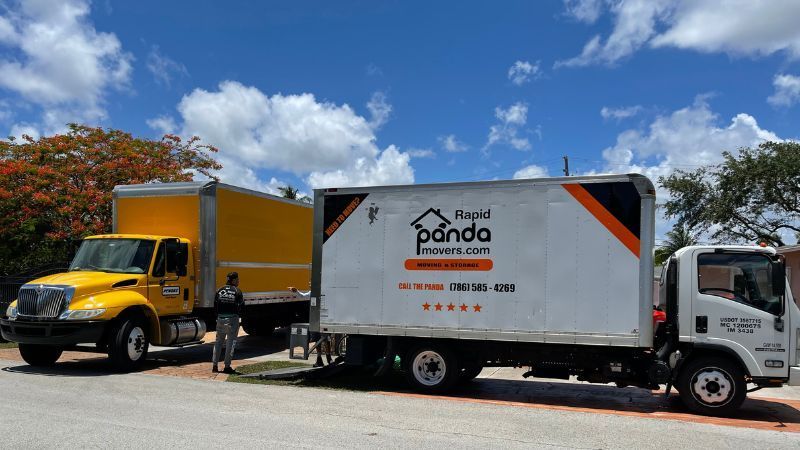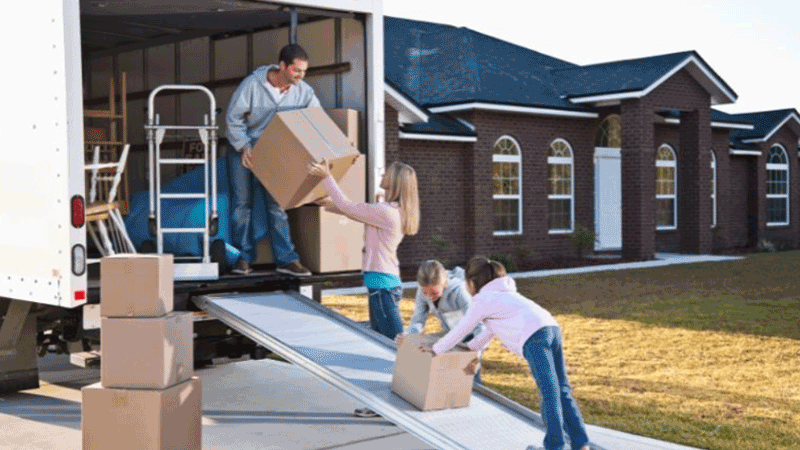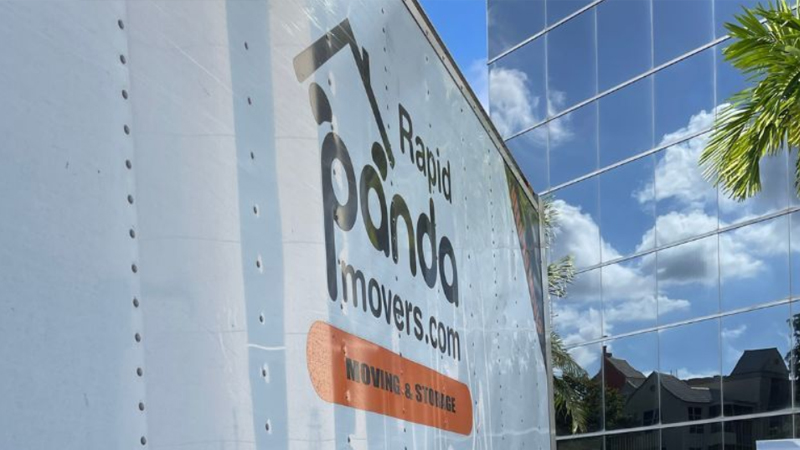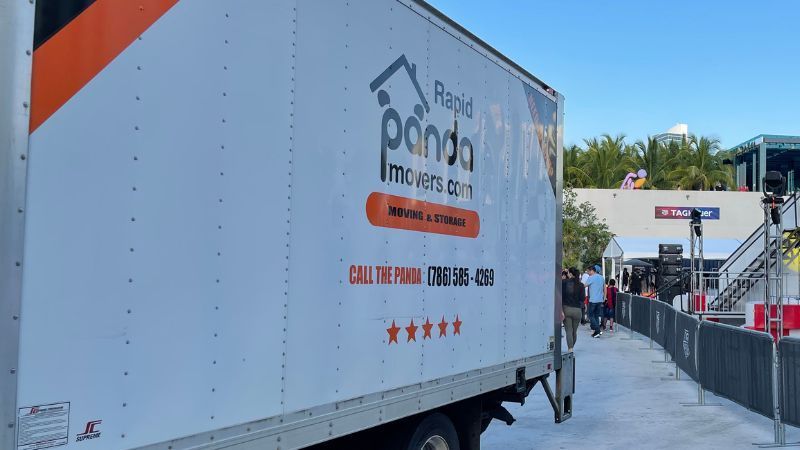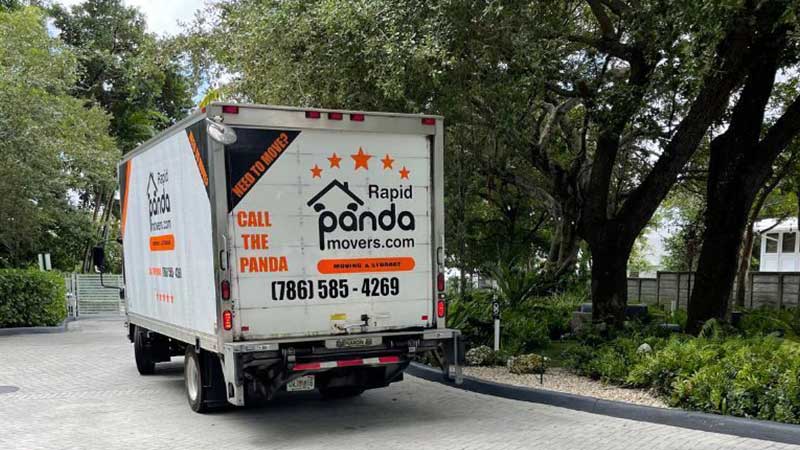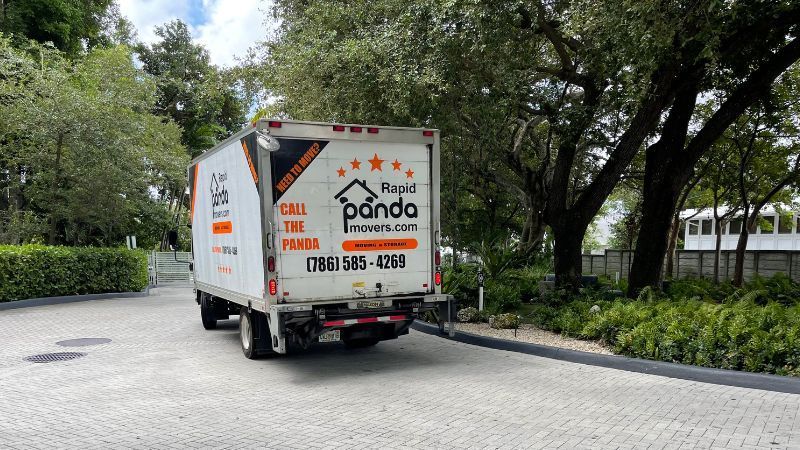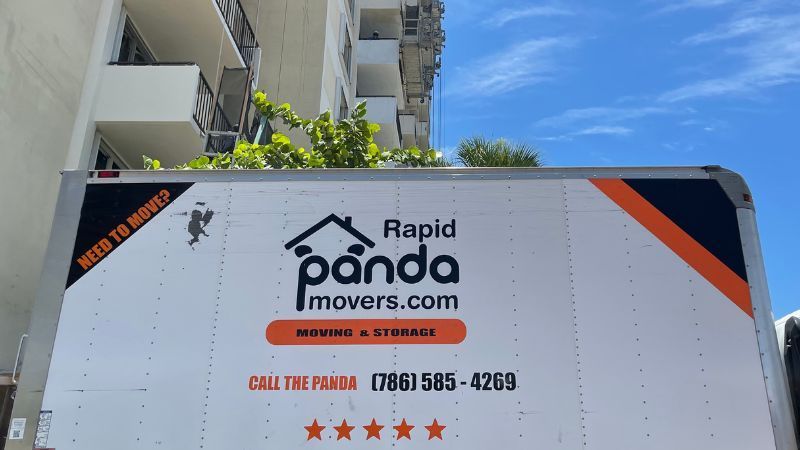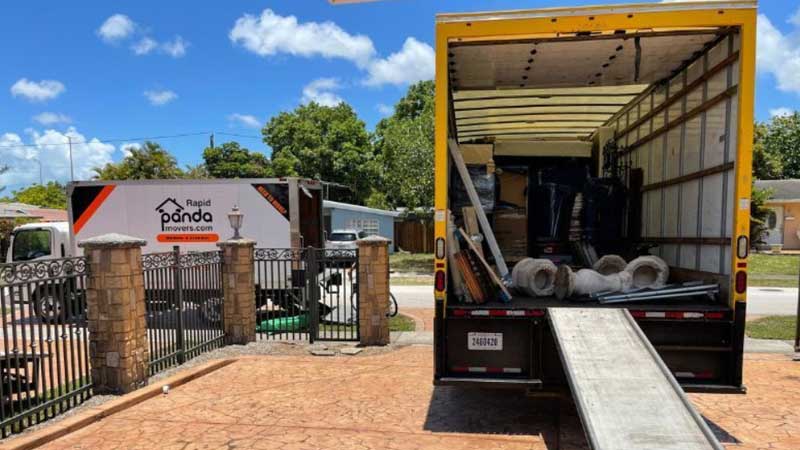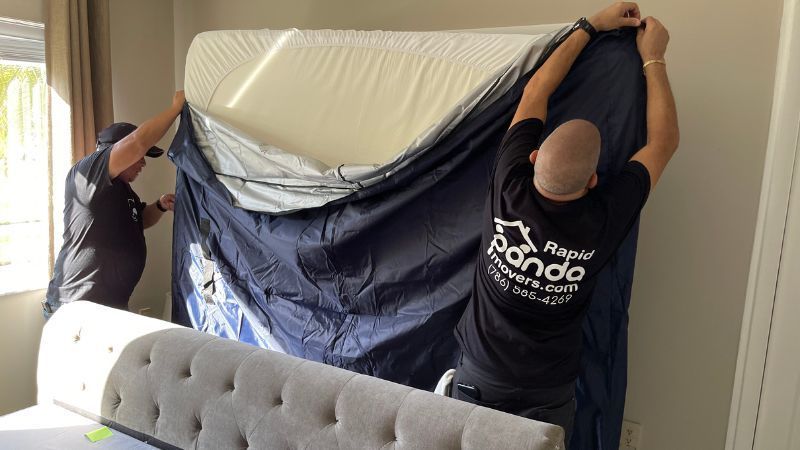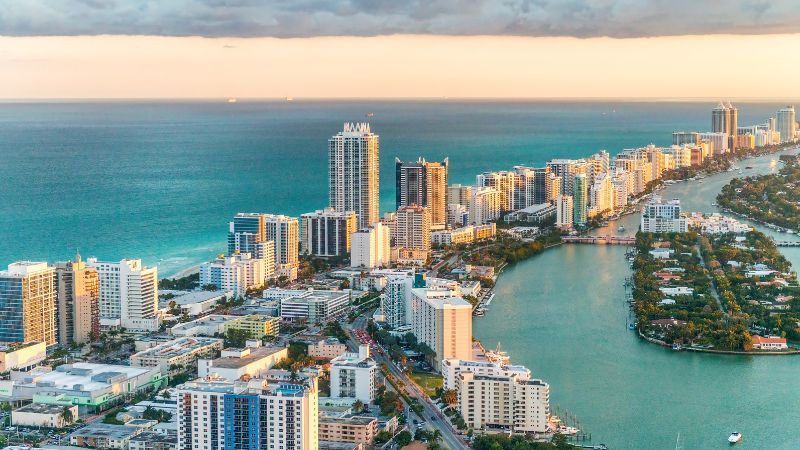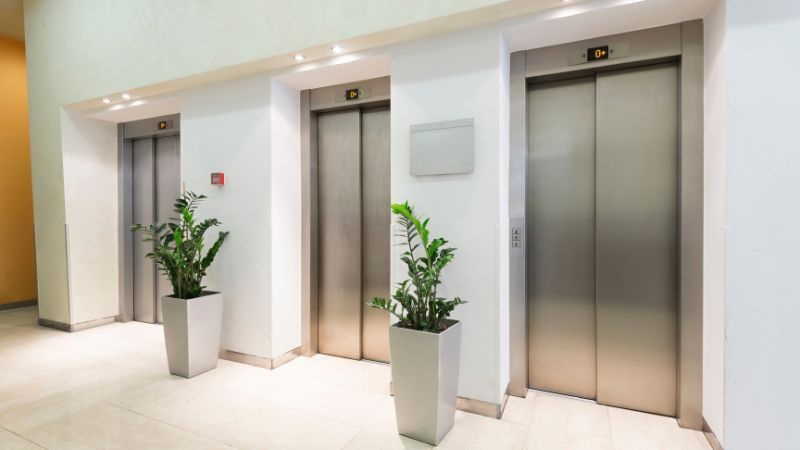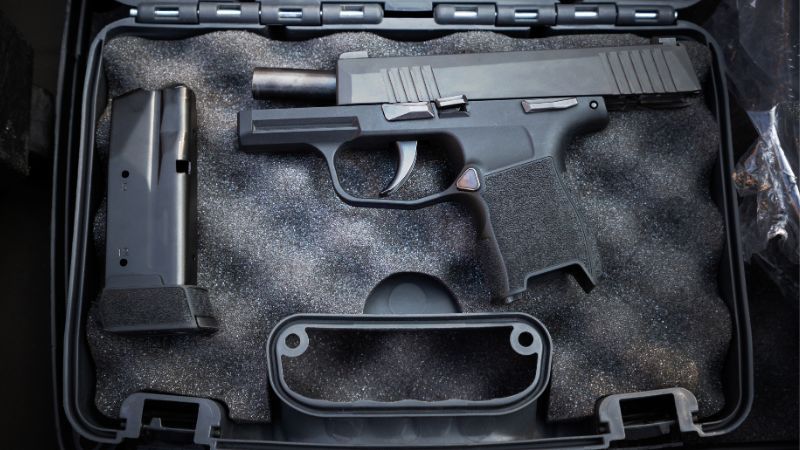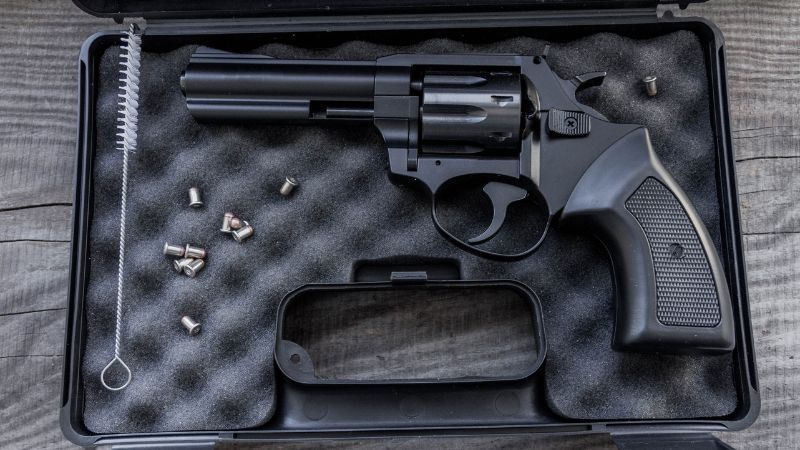Blogs
Helpful tips for your Miami Move
Explore our blog for essential moving tips and home moving advice.
Step-by-Step: Moving a Gun Safe Upstairs
When moving a gun safe up stairs, preparation is key to ensure safety and efficiency. This stage involves detailed planning and gathering the right equipment. Planning & Preparation Assess [...]
How to Plan Your Residential Move Successfully
Welcome to Rapid Panda Movers, your full-service moving company in Miami, FL. We understand that planning a residential move can be overwhelming, but we're here to make the process [...]
Embrace Green Moving with Eco Packing Materials
At Rapid Panda Movers, we’re passionate about reducing our environmental footprint and helping you do the same. By choosing eco-friendly packing materials, not only do you contribute to a [...]
Setting the Stage for an Eco Friendly Miami, FL Move.
Moving is often seen as a stressful and environmentally taxing activity. However, Rapid Panda Movers, a mover company located in Miami, FL, is changing the game with our dedication to [...]
Navigating Miami FL Transport Options
When you’re planning a move, understanding the transport systems in your new city can make all the difference. At Rapid Panda Movers, a moving company located in Miami, FL, we [...]
Choosing DIY or Pro Movers in Miami FL
Moving can be one of life's most stressful experiences, and in a bustling city like Miami, Florida, the challenges are multiplied. From navigating tight residential streets to dealing with [...]
Efficient Miami FL Packing Unpacking Tips
Moving to Miami, Florida, opens up a world of opportunities and experiences. This dynamic city is known for its vibrant culture, beautiful beaches, and diverse population. The warm climate [...]
Expert Reviews of Miami FL Moving Companies
Moving is a stressful event, filled with countless tasks and decisions to make. For Miami residents, the process can be even more overwhelming due to unique local challenges such [...]
Understanding Miami’s 2024 Real Estate Market
The vibrant and ever-evolving Miami FL real estate market in 2024 poses an exciting yet complex landscape for buyers, sellers, and investors. Known for its stunning beaches, multicultural vibe, [...]
Your Florida City Moving Guide: Tips, Timing, and Key Contacts
Are you planning a move to beautiful Florida City, FL? If so, welcome! Moving can be an exciting yet daunting experience, especially when adjusting to a new city. This ultimate [...]
Discovering the Vibrant Culture of Miami Beach
Moving to a new city is always an adventure, and Miami Beach certainly has its own unique flair. Whether you're relocating to soak in the tropical climate or to [...]
Miami Beach School Education: Top Learning Opportunities
When planning a move to Miami Beach, it’s not just the beaches, vibrant culture, and dazzling nightlife that might attract you. If you have school-aged children, understanding the Miami [...]
Miami Beach Lifestyle: What to Expect and How to Adapt
Welcome to Miami Beach, where sunny days effortlessly turn into lively nights. At Rapid Panda Movers, we don’t just help you move; we assist you in smoothly transitioning into [...]
Miami Beach Summer Moving Advice: Tips for a Smoother Transition
Moving to Miami Beach this summer promises the allure of sandy beaches like South Beach and the lively nightlife of Ocean Drive, but it also presents unique challenges. At [...]
Miami Beach Job Market 2024: Moving & Employment Guide
Welcome to Rapid Panda Movers! Moving to Miami Beach can be exciting but also challenging. Whether you're planning to move soon or just arrived, understanding the Miami Beach employment [...]
Essential Tips for Smooth Moves with Elevator Reservations
Moving can be stressful and full of challenges, but with a little preparation and help from Rapid Panda Movers, your moving company in Miami, FL can be smooth and easy. [...]
How to Pack Electronics Safely for Moving
Local Moving can be a hectic time, and one of the biggest concerns for many people is how to pack electronics safely or specialized fragile items. Electronics are often expensive [...]
Preparing a Gun Safe for a Move: Detailed Steps and Expert Tips
Gun safe moving is not just about lifting a heavy object. It requires careful planning and the right approach to ensure everything is done safely and legally. At Rapid [...]
Gun Safe Moving Equipment: Tools and Techniques for Safe Transport
Gun safe moving is no small task. It involves careful planning and specialized equipment to ensure everything goes smoothly and safely. Using proper gun safe moving equipment minimizes the [...]
Packing Simplified: Expert Tips for Staying Organized
Moving can be an exciting journey into a new phase of your life. However, without a solid plan, it can quickly turn into a stressful ordeal. At Rapid Panda Movers, [...]
Paws and Pack: Apartment Moving Tips for Pet Owners
Apartment moving with pets can add an extra layer of complexity to an already stressful process, especially when moving to an apartment. But with careful planning and some helpful [...]

